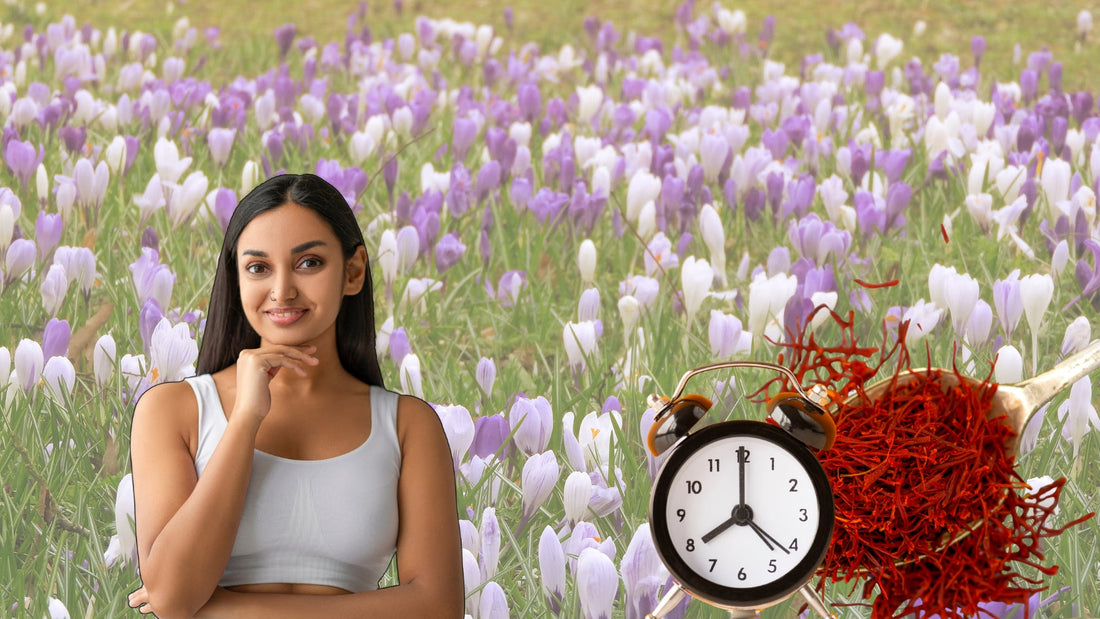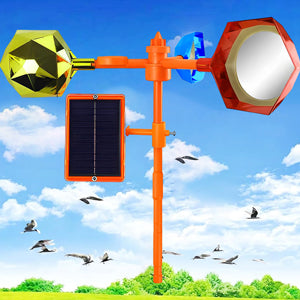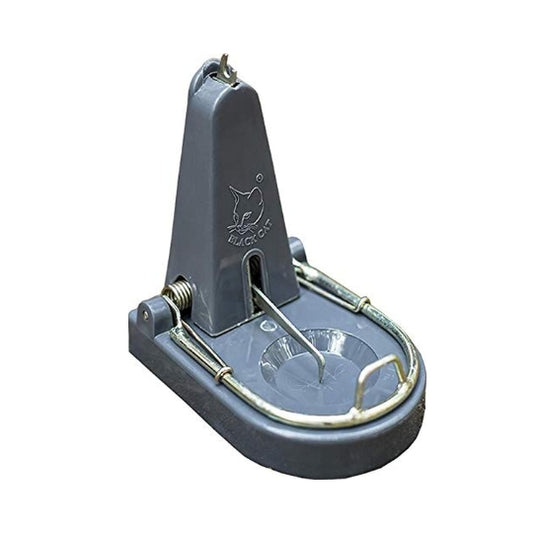
Timetable of Saffron Farming with climate parameters and stage
Share
Saffron farming can be an excellent opportunity for urban jobless youth, particularly those with access to spare cold storage facilities. Saffron, the world's most expensive spice, is highly sought-after for its unique flavor, aroma, and medicinal properties. Despite its high price, saffron cultivation requires relatively small spaces and can be done indoors, making it suitable for urban settings.
If you're involved in any aspect of saffron farming—whether you're interested, have experience, or are a current grower/seller—please share your thoughts and insights in the comments below for us and other community members.
Potential benefits of saffron farming for urban youth
Role of cold storage in Saffron farming:
Cold storage plays a crucial role in saffron farming, particularly for urban cultivators. Saffron is a perishable crop that requires controlled temperature and humidity conditions to maintain its quality and aroma. Spare cold rooms can be utilized to store saffron harvested from outdoor or indoor cultivation operations.
Steps involved in saffron farming:
Corm planting: Saffron corms are planted in rows about 10-15 cm apart and 5-10 cm deep. The planting depth depends on the corm size.
Watering and fertilization: Saffron plants require regular watering to keep the soil moist, especially during the flowering and harvesting seasons. They are also fertilized with nitrogen, phosphorus, and potassium periodically.
Flowering and pollination: Saffron flowers bloom in the fall, typically from October to November. They are self-pollinating, but hand-pollination can be done to enhance yield.
Harvesting and drying: Saffron threads are harvested from the flowers in the early morning before they fully open. The threads are carefully dried to preserve their color, flavor, and aroma.
| Stage | Month | Temperature (°C) | Humidity (%) | Activities |
|---|---|---|---|---|
| Dormancy | November-March | 5-15 | 50-60 | The corms will go dormant during this period. No irrigation is required. |
| Leaf growth | April-May | 15-25 | 60-70 | The leaves will start to grow during this period. Water the plants regularly to keep the soil moist. |
| Planting | June-October | 20-30 | 60-70 | Select well-drained sandy loam soil with a pH of 6.0-7.0. Plant corms 5-10 cm deep and 10-15 cm apart. |
| Flowering | October-November | 10-20 | 50-60 | The flowers will start to bloom during this period. Pick the flowers early in the morning, before they open. Harvest the saffron threads from the flowers. |
Additional notes:
- The optimum temperature for saffron cultivation is between 15 and 25 degrees Celsius.
- The optimum humidity for saffron cultivation is between 50 and 70 percent.
- Saffron plants require well-drained soil.
- Saffron plants are susceptible to fungal diseases.
- Saffron plants should be fertilized with nitrogen, phosphorus, and potassium.
Saffron farming can be a rewarding endeavor for urban jobless youth, offering the potential for high income, flexibility, and entrepreneurship. By utilizing spare cold storage facilities, urban cultivators can overcome the challenges of traditional saffron farming and tap into the lucrative saffron market. area.
Conclusion: In conclusion, saffron farming presents a lucrative opportunity for urban youth seeking financial independence. With its high-profit potential, scalability, and flexibility, saffron cultivation can be integrated into various lifestyles. The role of cold storage is pivotal in maintaining the quality of this precious spice. Urban jobless youth can embrace saffron farming as a means of reskilling and upskilling, fostering entrepreneurship and sustainable agricultural practices.
Our Other Articls on Saffon Farming
















2 comments
I am pondicherry planning start bunnies please same details
A good business to start.
Would like to know more.pl.contact.9437043867